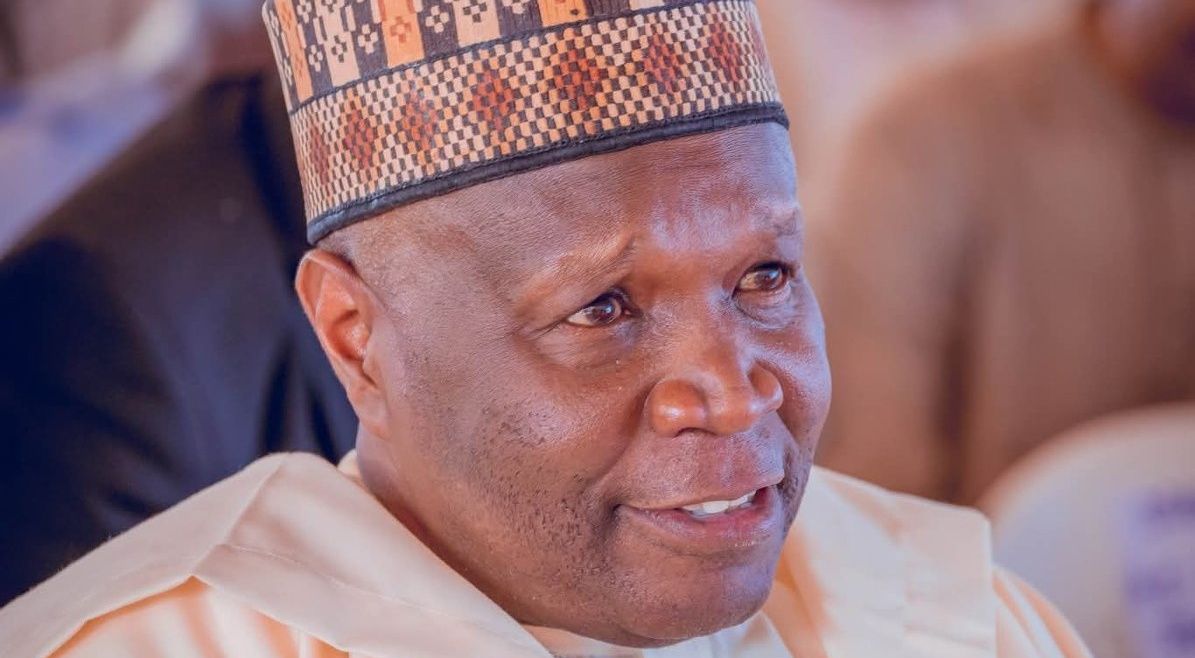Range Rover Evoque: 3 reasons to buy and 2 not to
We weigh the strengths and weaknesses of the Evoque to see how compelling a value proposition the baby Range Rover is.
The is the most affordable model from premium sub-brand. Last facelifted in 2024 and recently given a variant rejig, the Evoque rivals entry-level luxury SUVs like the , , and . Let’s take a look at some key reasons why the Evoque should be on the radar of compact luxury SUV buyers, and a couple of areas where the baby Range Rover falls short.
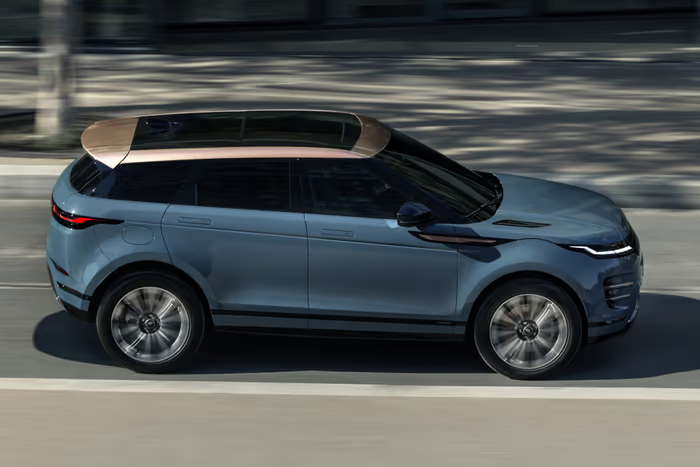
The Evoque can be had with Land Rover’s ‘Ingenium’ 2.0-litre mild-hybrid turbocharged petrol and diesel engines, and what’s great is that they develop substantially more grunt than their German peers. At 250hp and 365Nm, the petrol-powered Evoque is up 62hp and 45Nm over the Q3, 87hp and 115Nm over the GLA, and a whopping 114hp and 135Nm over the X1.
| Range Rover Evoque engine and gearbox specs | |
|---|---|
| Engine (with 48V mild hybrid system) | 1,998cc, 4 cyls, turbo-diesel / 1,999cc, 4 cyls, turbo-petrol |
| Power (hp) | 204 / 250 |
| Torque (Nm) | 430 / 365 |
| Gearbox | 9-speed torque converter auto |
| Drive layout | AWD |
Meanwhile, the Evoque’s 2.0-litre turbo-diesel mild-hybrid engine pumps out 204hp and 430Nm, outpacing the diesel-powered GLA by 14hp and 30Nm and the X1 diesel by 54hp and 70Nm. The Q3 is currently not available with a diesel engine.
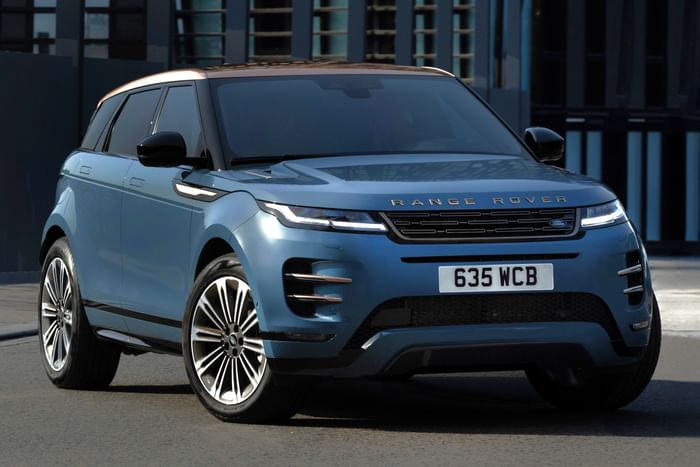
Even though it’s the smallest Range Rover, the Evoque still carries the brand’s hallmark trait of being more than adept at trudging off the beaten path. All-wheel drive is standard, and as we pointed out in our , there’s a suite of nifty off-road features on offer too, namely Terrain Response 2 (which automatically tweaks vehicle settings as per terrain for optimal performance), electronically controlled dampers, All Terrain Progress Control (a low-speed cruise control for slippery surfaces), low-traction launch control, numerous terrain modes (Auto, General Driving, Rock Crawl, Grass/Gravel/Snow, Mud/Ruts and Sand), and more.
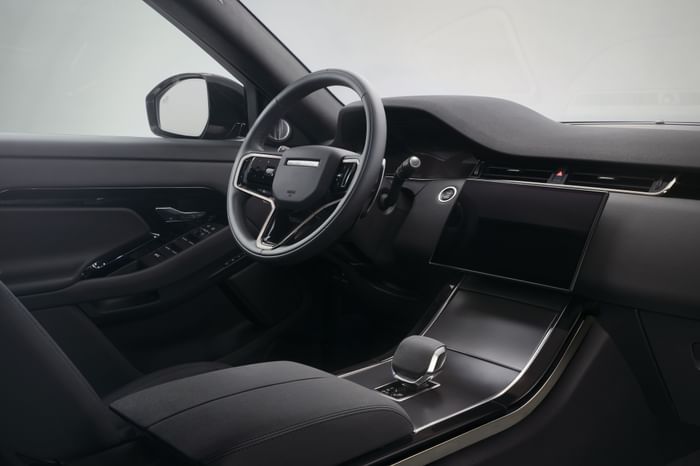
Another area where the Evoque beats the competition is its greater list of standard equipment, chief among which are ventilated front seats – oddly absent in the X1, GLA, and Q3. The Evoque further one-ups its rivals by offering heated rear seats, which will likely be a boon for those living in colder climates. It also has an 11.4-inch infotainment touchscreen, which is slightly larger than those offered by competitors.
The recent further expanded the SUV’s standard feature list with a 360-degree camera – available only as an optional extra in the GLA – as well as a Meridian sound system with a higher speaker count of 14.
Now, let’s go over some of the most prominent drawbacks of the Range Rover Evoque.
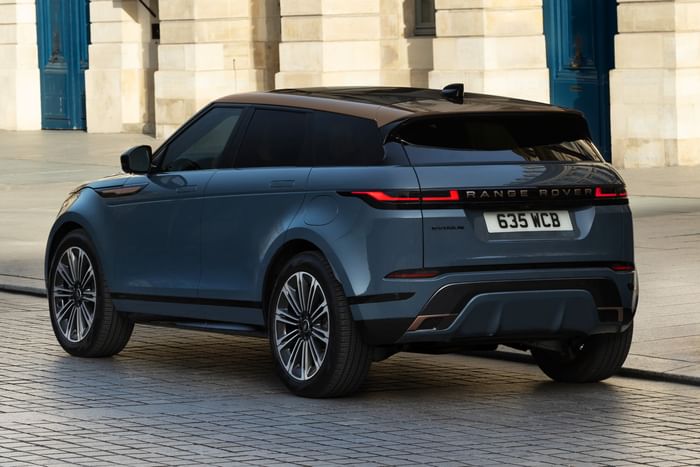
All that power and those extra creature comforts come at a cost, as the Evoque’s Rs 69.50 lakh price tag makes the baby Range Rover Rs 18 lakh more expensive than the GLA, Rs 18.70 lakh pricier than the X1, and a hefty Rs 24.26 lakh costlier than the Q3.
In a price-sensitive market like India, the Evoque’s high asking price may dissuade many prospective buyers, even more so considering that the German brands are typically seen as greater status symbols here.
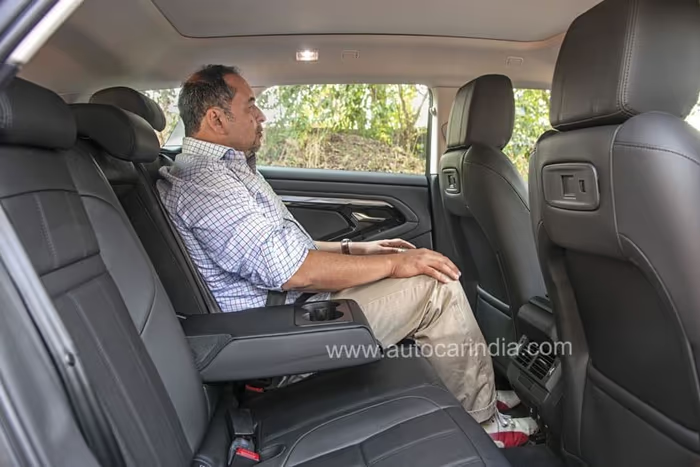
Space in the rear is also not one of the Evoque’s strong suits. As we noted in our , the rear seat itself is comfortable, but the narrow cabin and less-than-ideal visibility through the windows – a result of the thick C-pillars – makes seating three abreast a bit of a challenge. By comparison, the X1, GLA, and Q3 have considerably more spacious second rows.
All prices ex-showroom, India.





